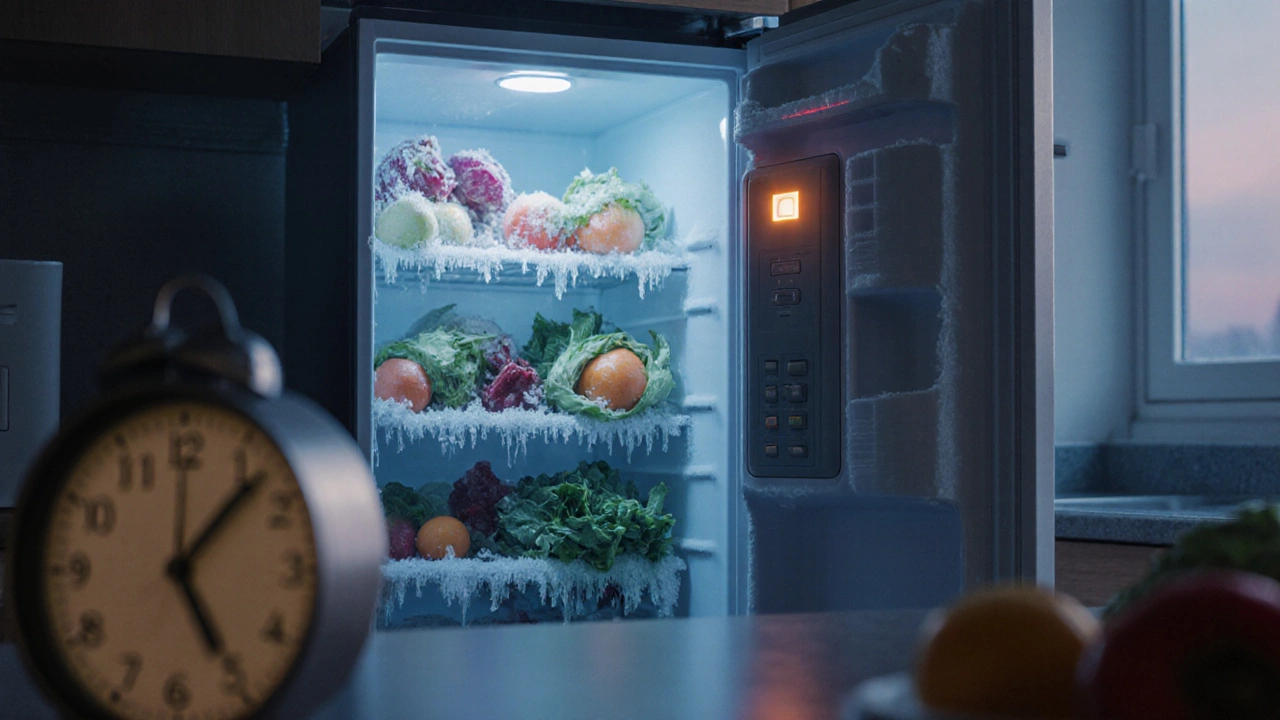
Step‑by‑step guide to pinpoint why a fridge isn't cooling, covering key components, diagnostic checks, common symptoms, DIY tips, and when to call a professional.
When working with Diagnose Fridge Problem, the process of figuring out why a refrigerator isn’t cooling properly. Also known as fridge troubleshooting, it helps you spot faulty parts before calling a technician. Understanding the core parts of a refrigerator, an appliance that uses a sealed cooling loop to keep food fresh is the first step. The cooling loop relies on a compressor, the motor that pressurises refrigerant and drives the cooling cycle, so any hiccup there often shows up as a warm fridge. If you want to diagnose fridge problem quickly, start with the components that directly affect temperature control.
Step one is to listen. A humming compressor that never kicks on usually means a start‑relay failure or a hidden overload. When the compressor runs but the interior stays warm, the next suspect is the condenser coils; dust‑lined coils lose heat‑exchanging ability and force the system to overwork. Clean the coils with a brush and vacuum – a simple task that restores efficiency in many cases. Step two involves the thermostat. Modern fridges use a digital temperature sensor that tells the compressor when to start; a faulty sensor will keep the compressor off, leaving the freezer and fridge at room temperature.
The door seal, or gasket, is another common culprit. A cracked or warped seal lets warm air seep in, causing the unit to run continuously without reaching the set temperature. Run a thin dollar‑bill around the edge; if it slides out easily, replace the gasket. Next, examine the defrost system. A malfunctioning defrost timer or heater can cause ice buildup on the evaporator coils, choking the airflow and raising the internal temperature. If you see frost thicker than a quarter inch inside the freezer, the defrost cycle likely failed.
While you’re checking these parts, inspect the evaporator fan. This small fan circulates cold air from the freezer to the fresh‑food compartment; a broken fan will make the fridge section warm even if the freezer is cold. Give the fan a quick spin by hand – if it feels gritty or stops, it needs cleaning or replacement. Finally, verify the power supply. A loose plug or a tripped circuit breaker can cause intermittent operation that mimics many other problems. Reset the breaker and ensure the fridge is plugged directly into a grounded outlet.
All of these checks connect back to the core idea that diagnosing fridge problems involves testing the cooling system, electrical controls, and sealed components. Knowing which part to examine first saves time, avoids unnecessary part orders, and often lets you fix the issue yourself. Below you’ll find a collection of detailed posts that walk you through each of these checks, plus extra tips on energy use and when to call a professional.

Step‑by‑step guide to pinpoint why a fridge isn't cooling, covering key components, diagnostic checks, common symptoms, DIY tips, and when to call a professional.